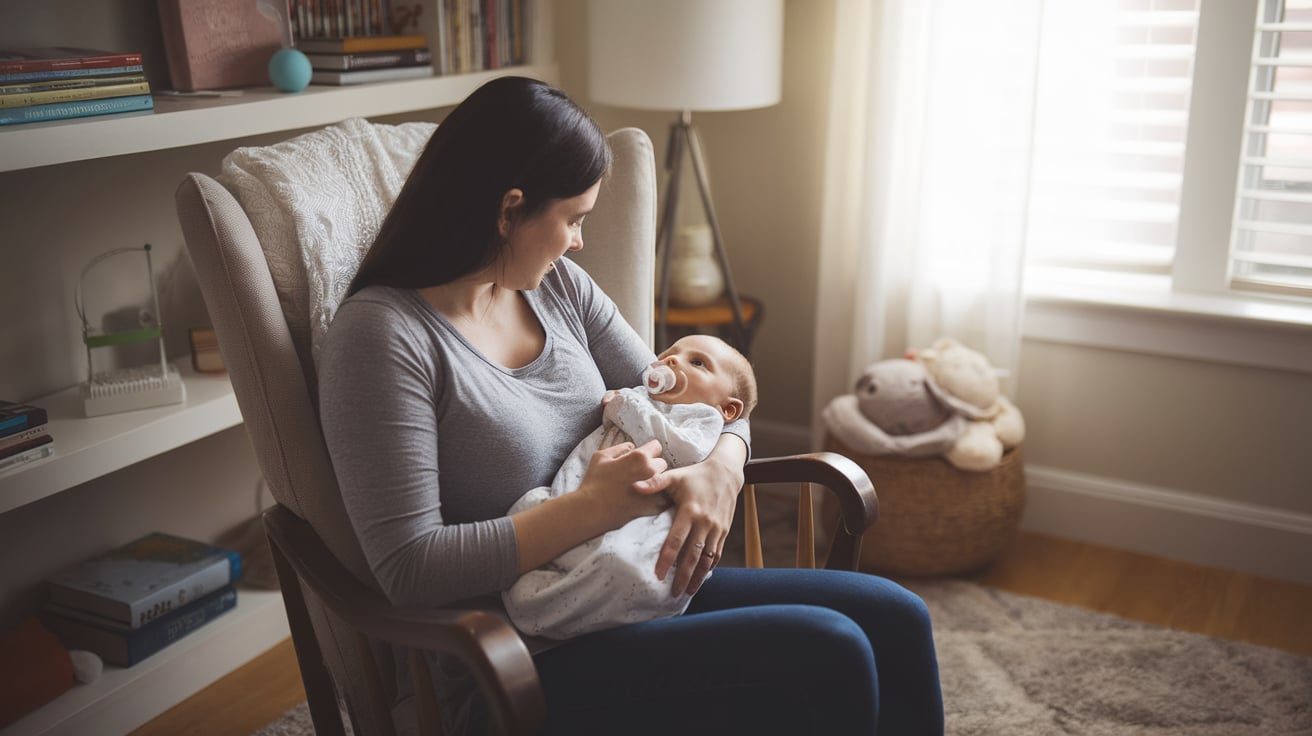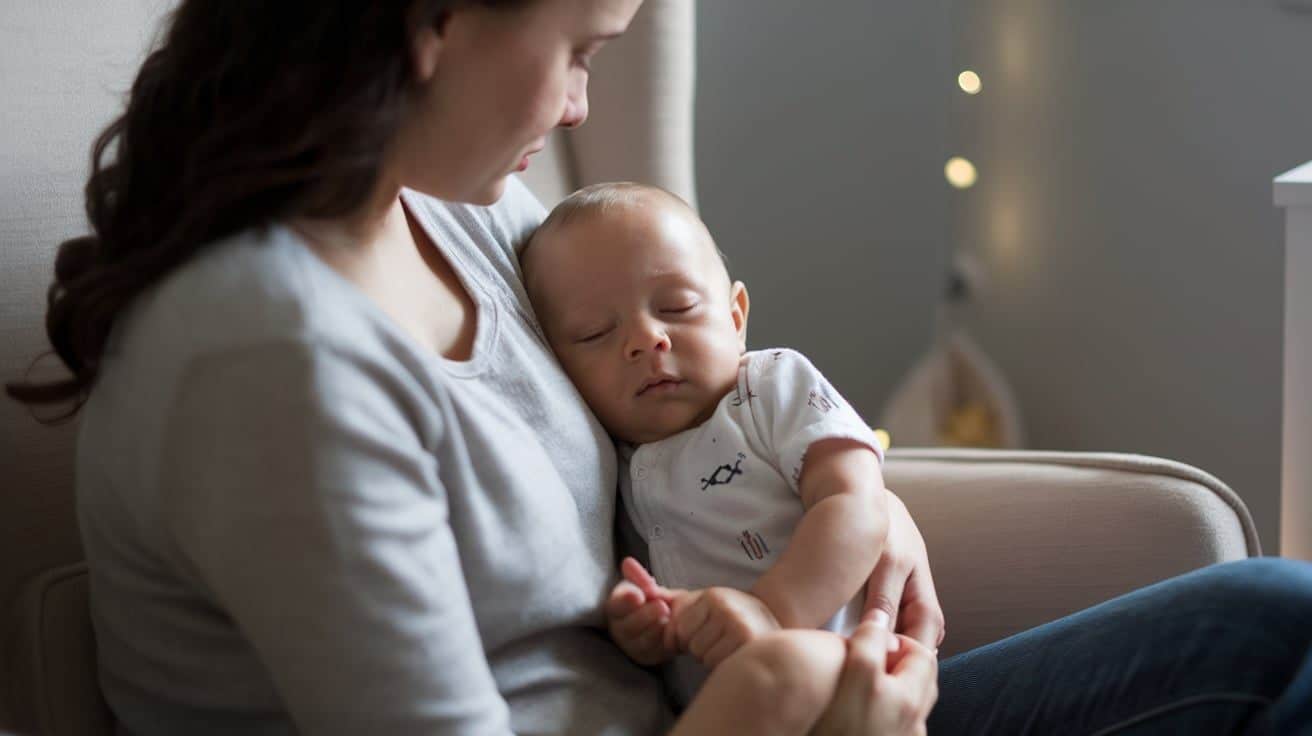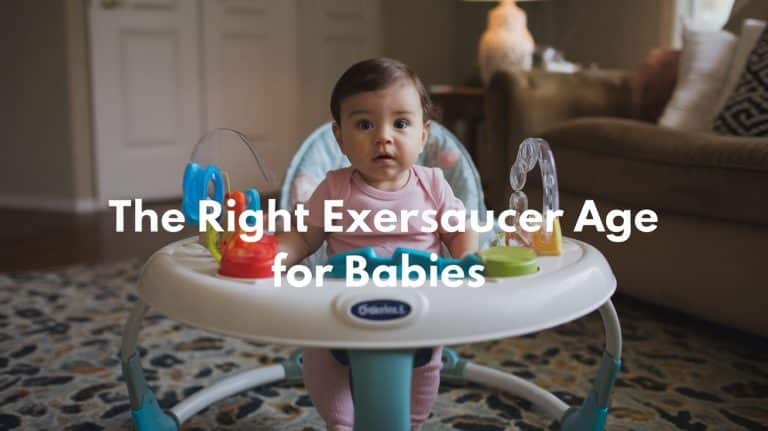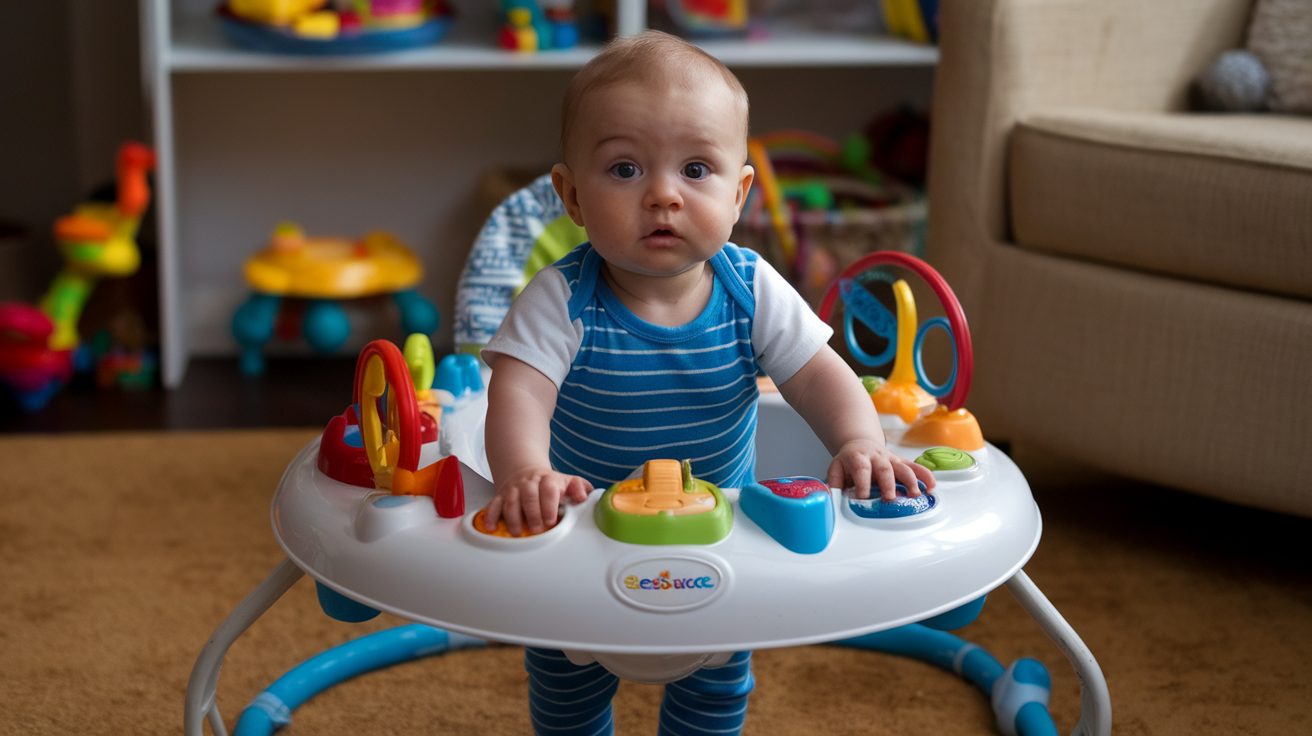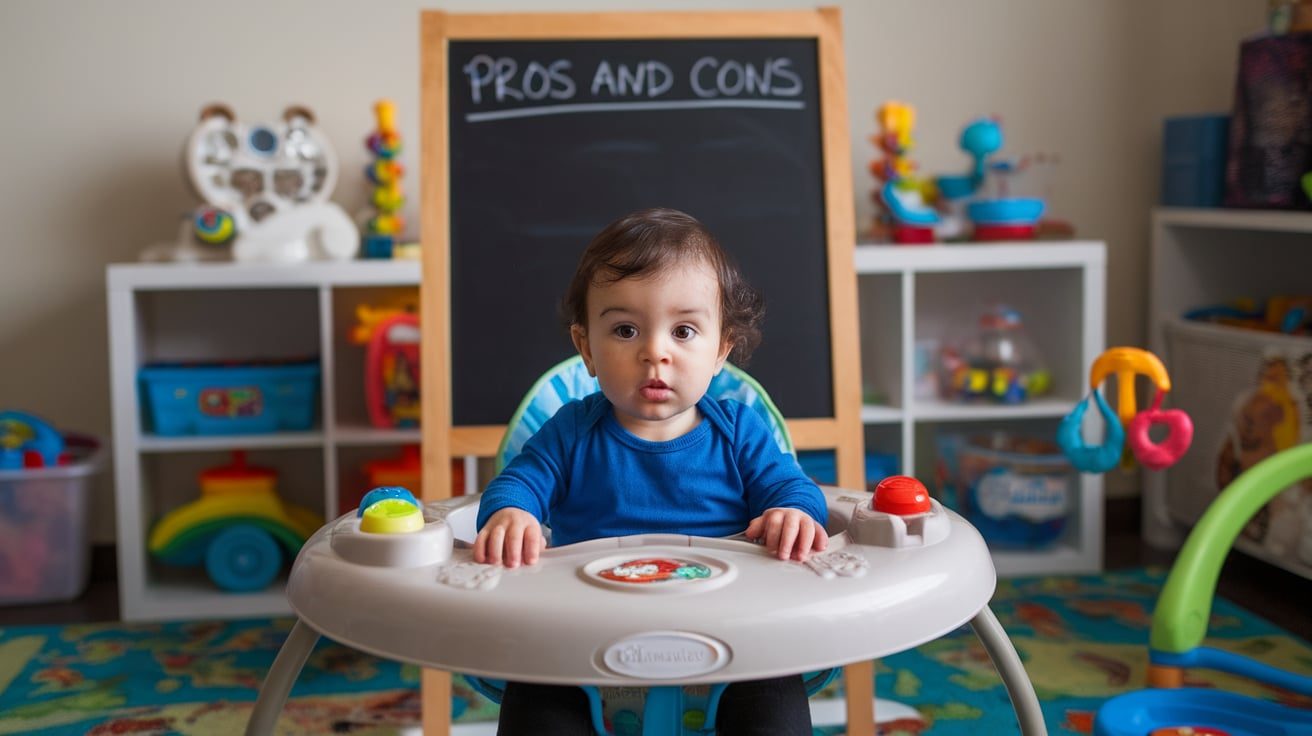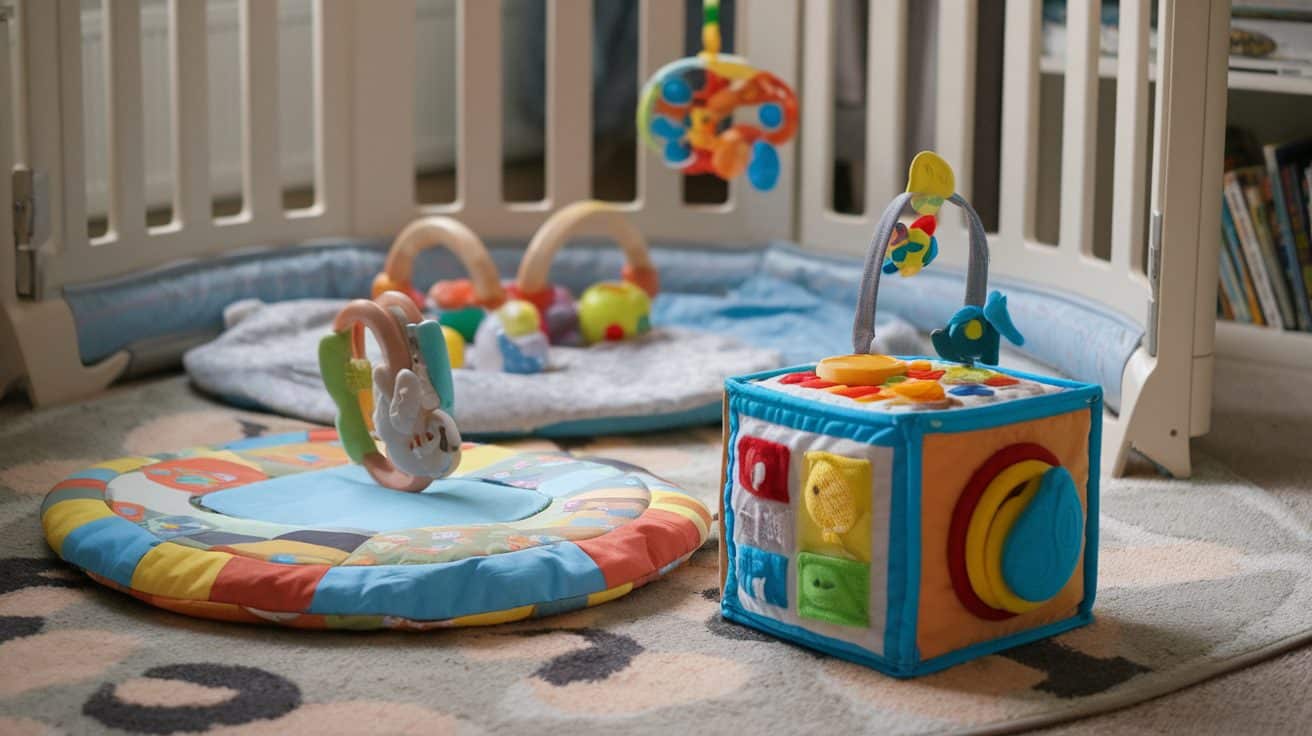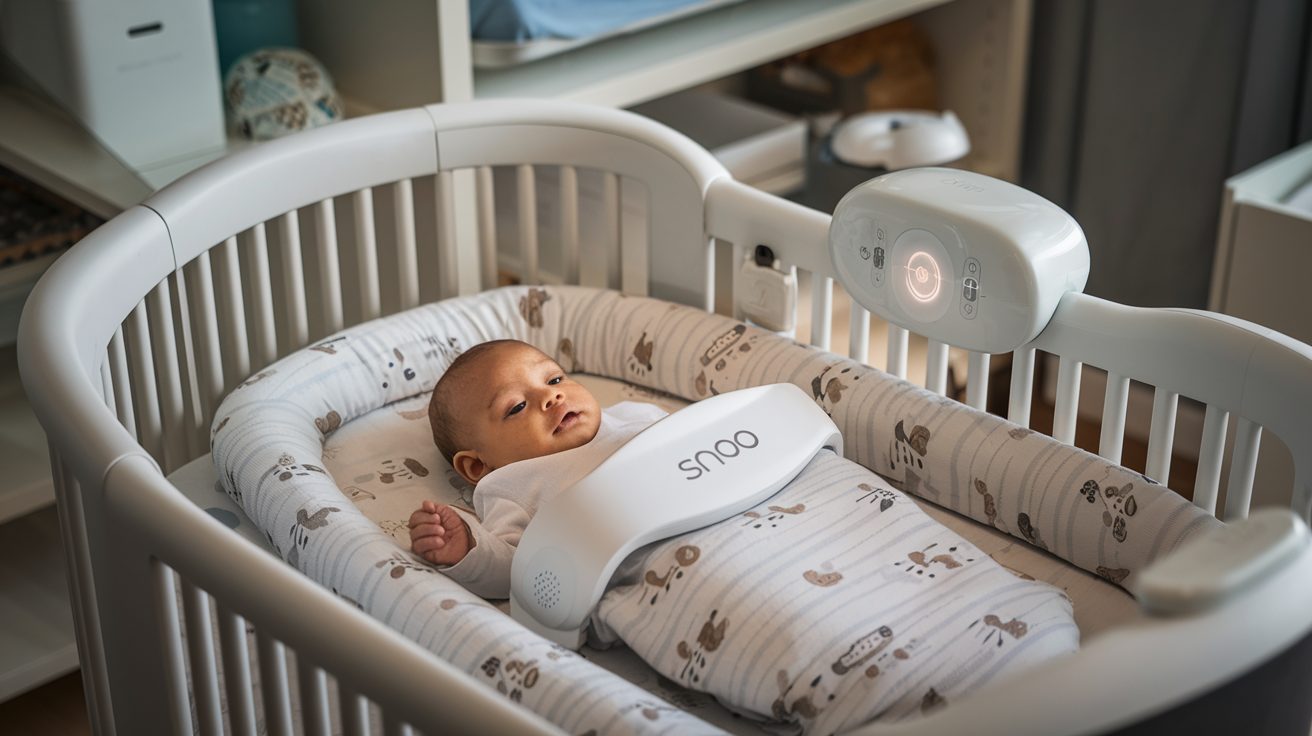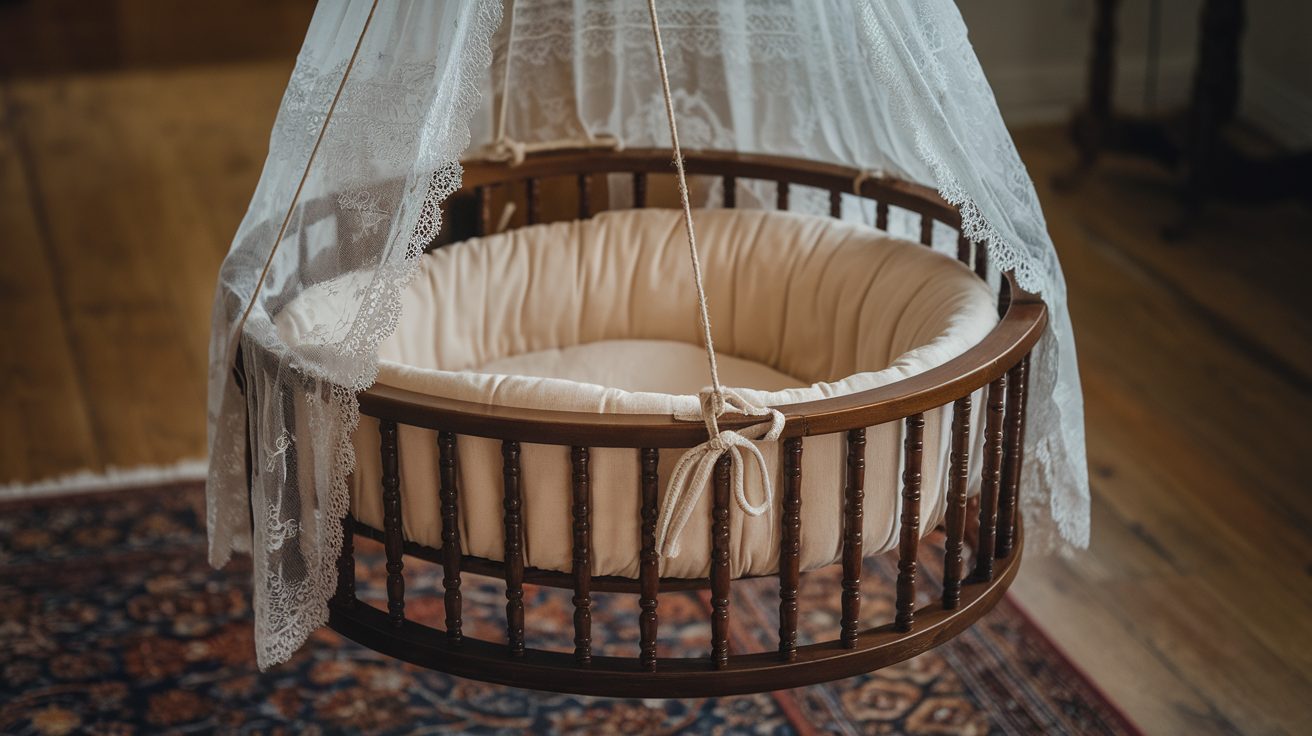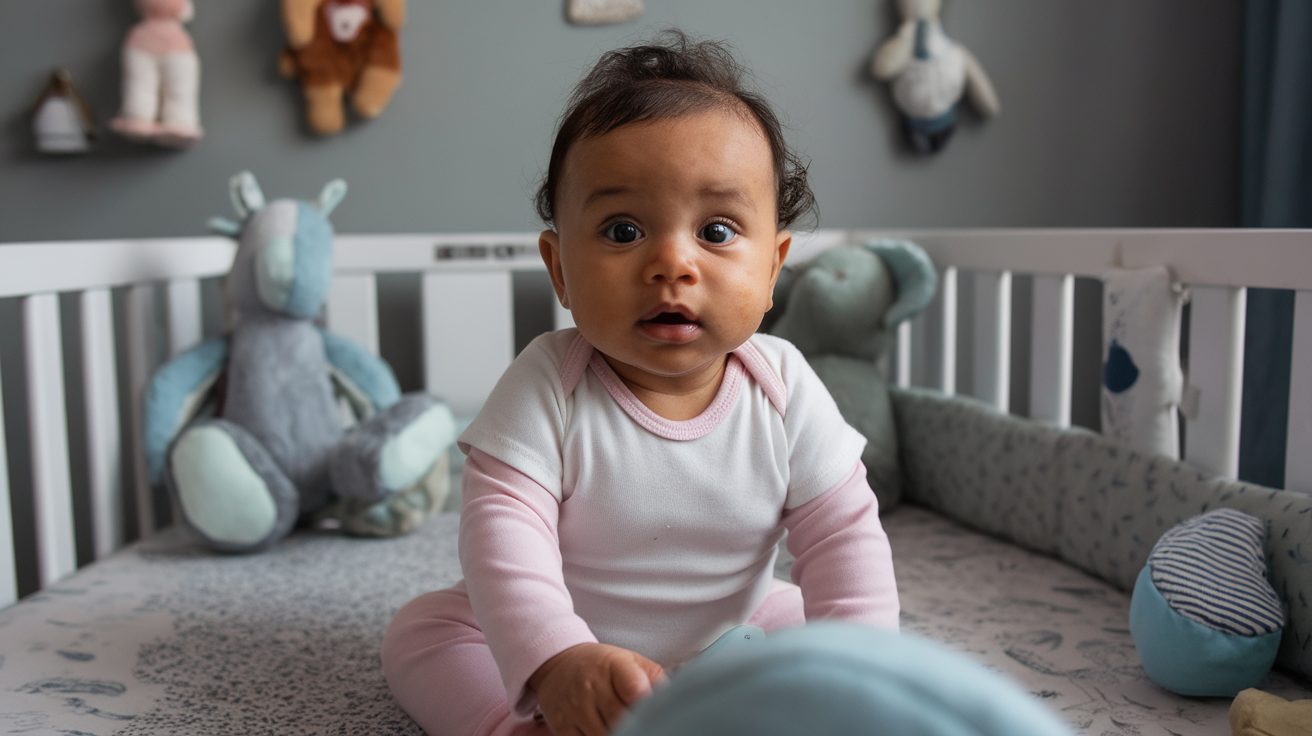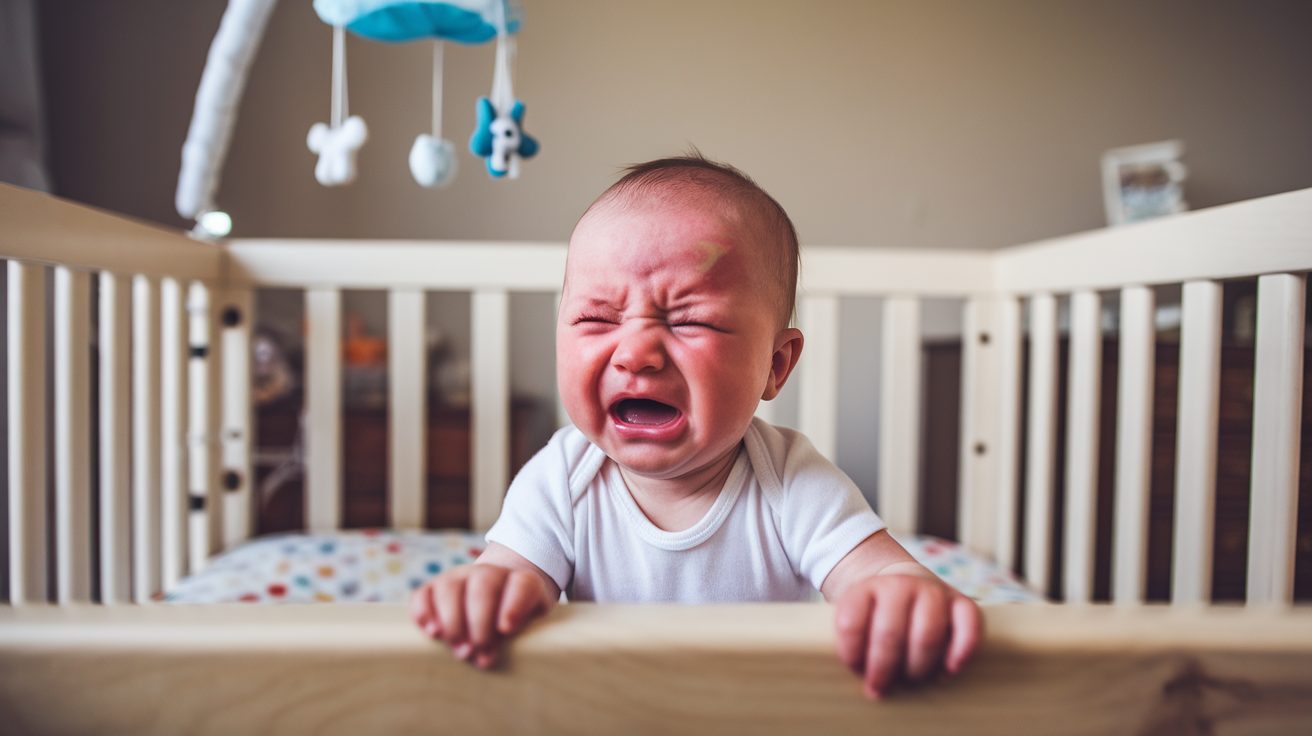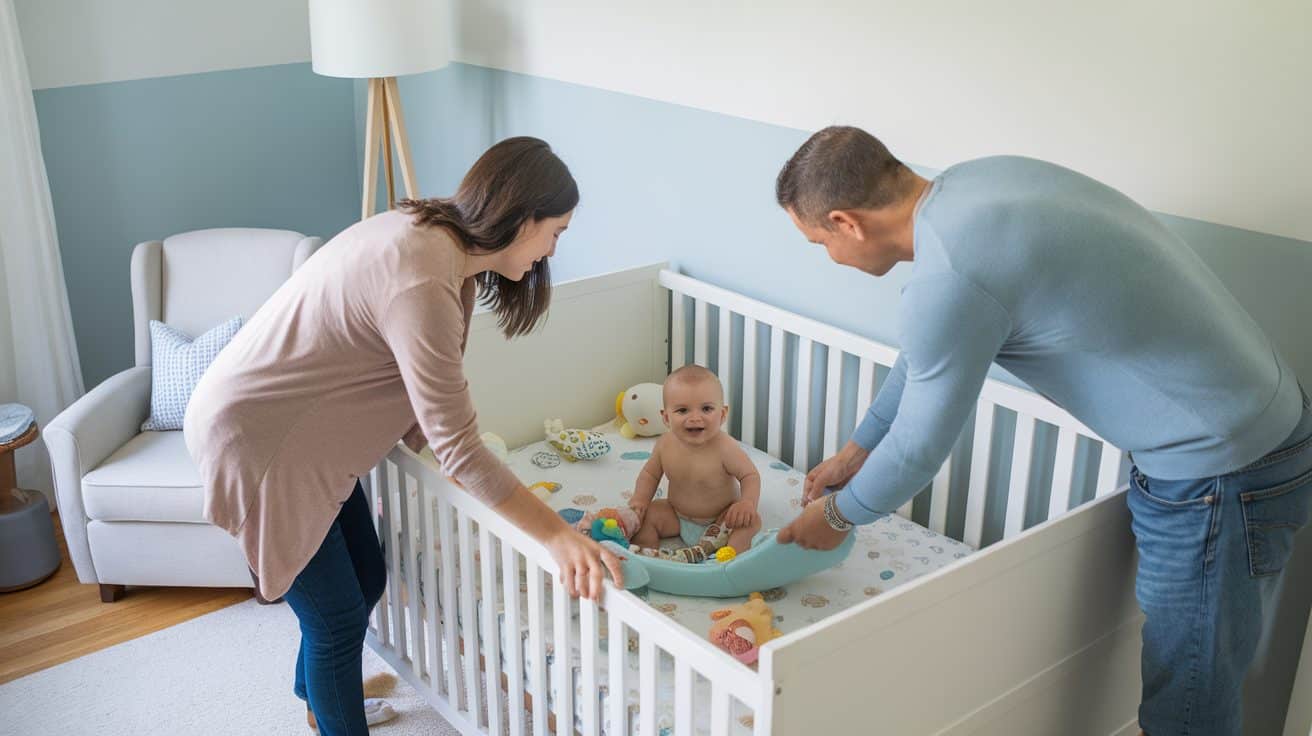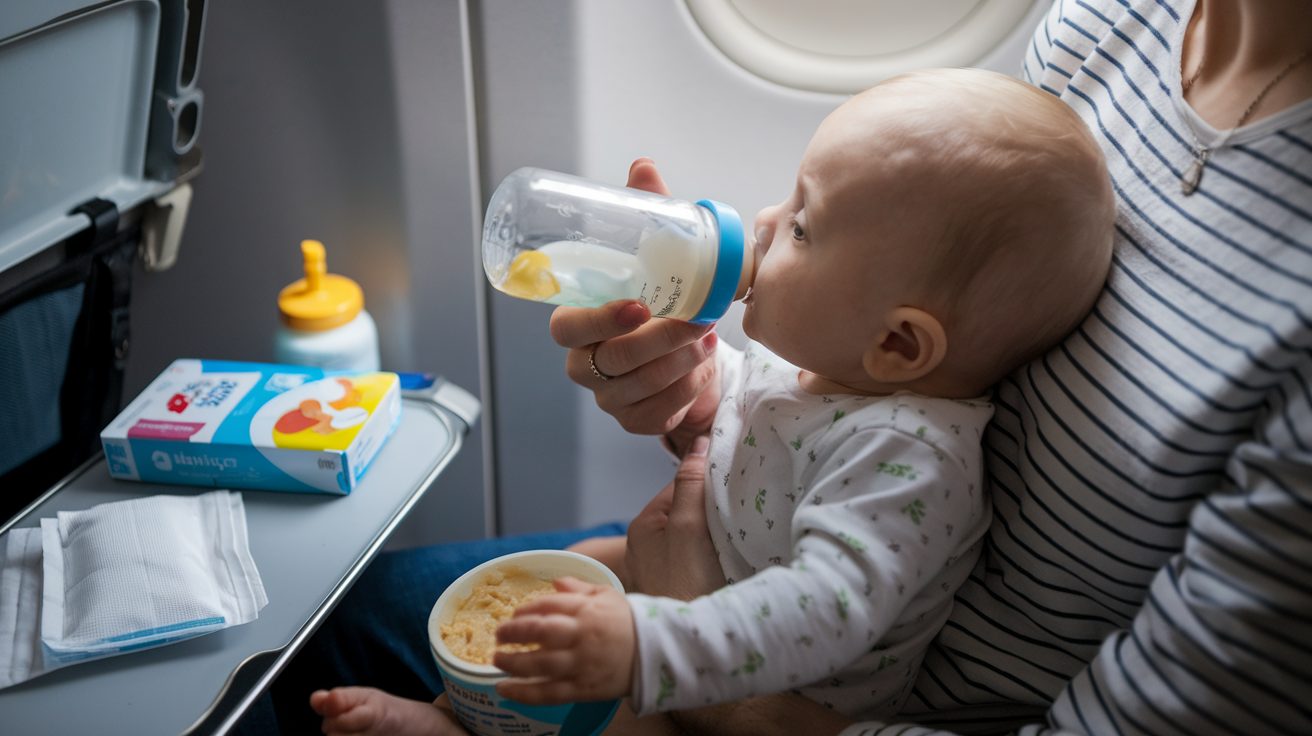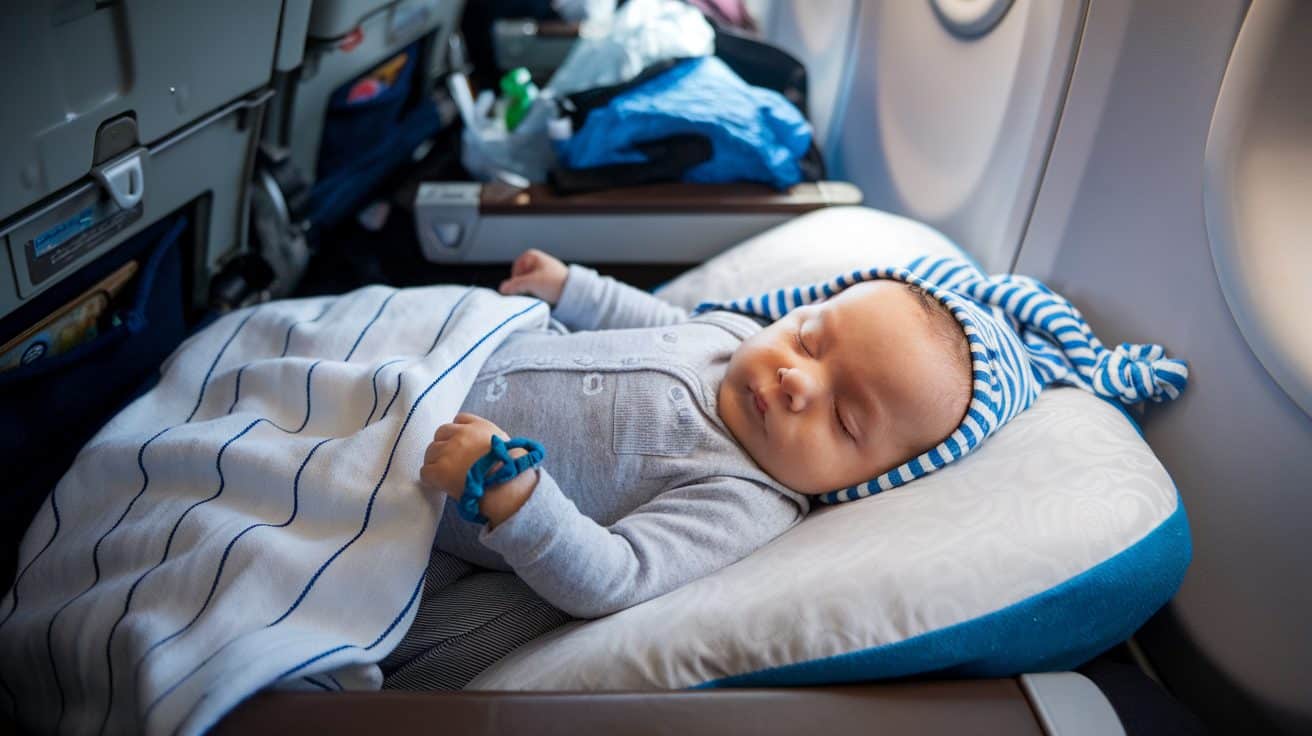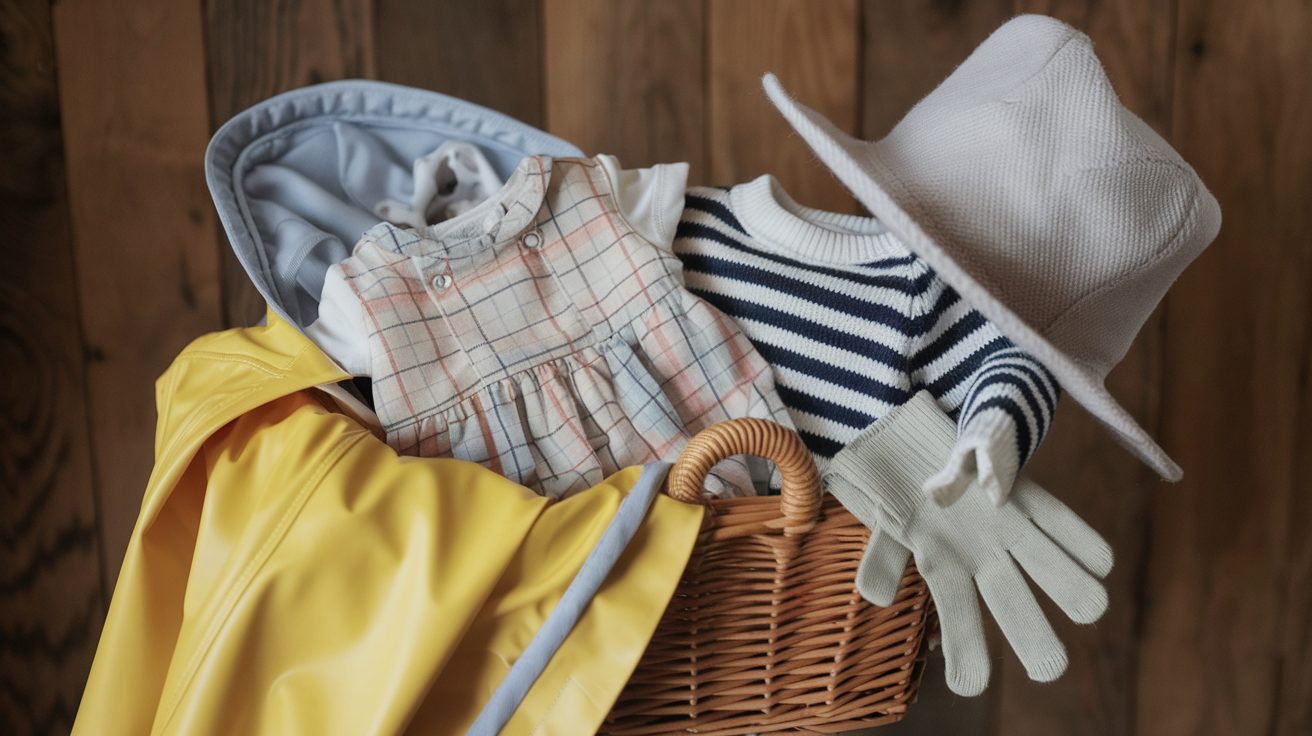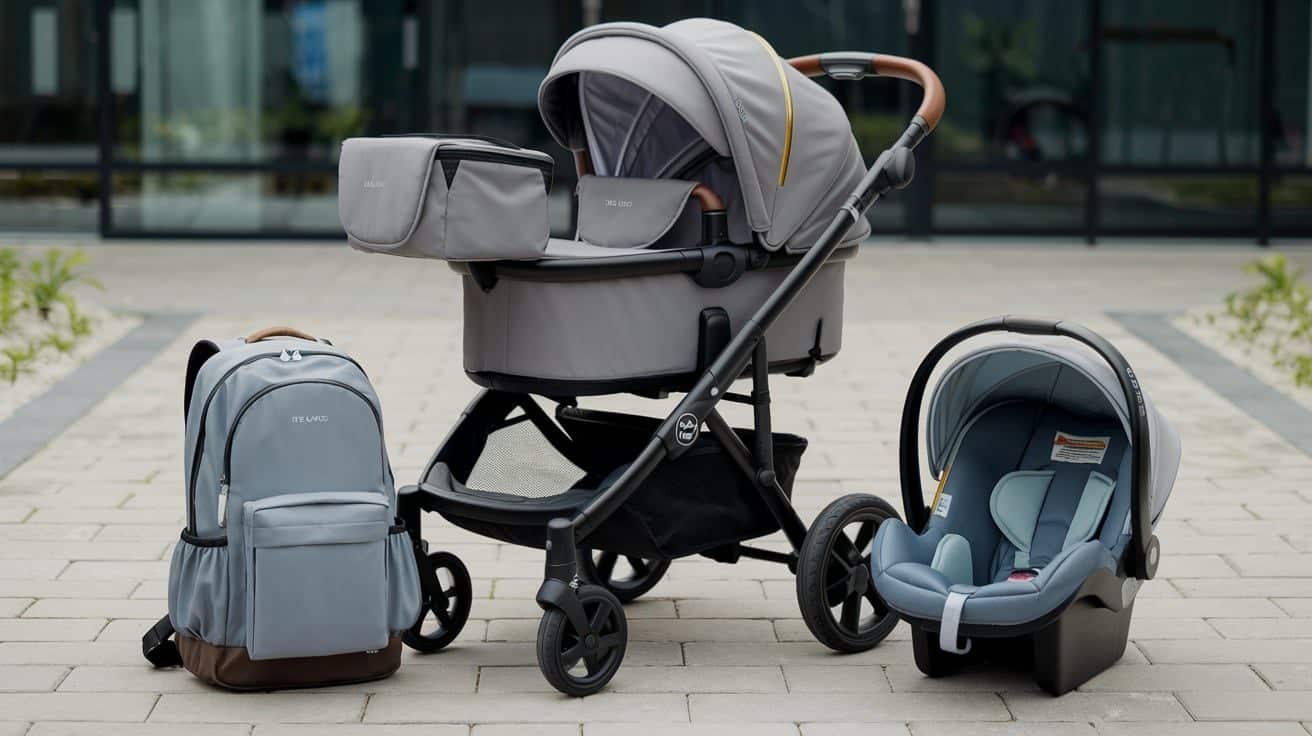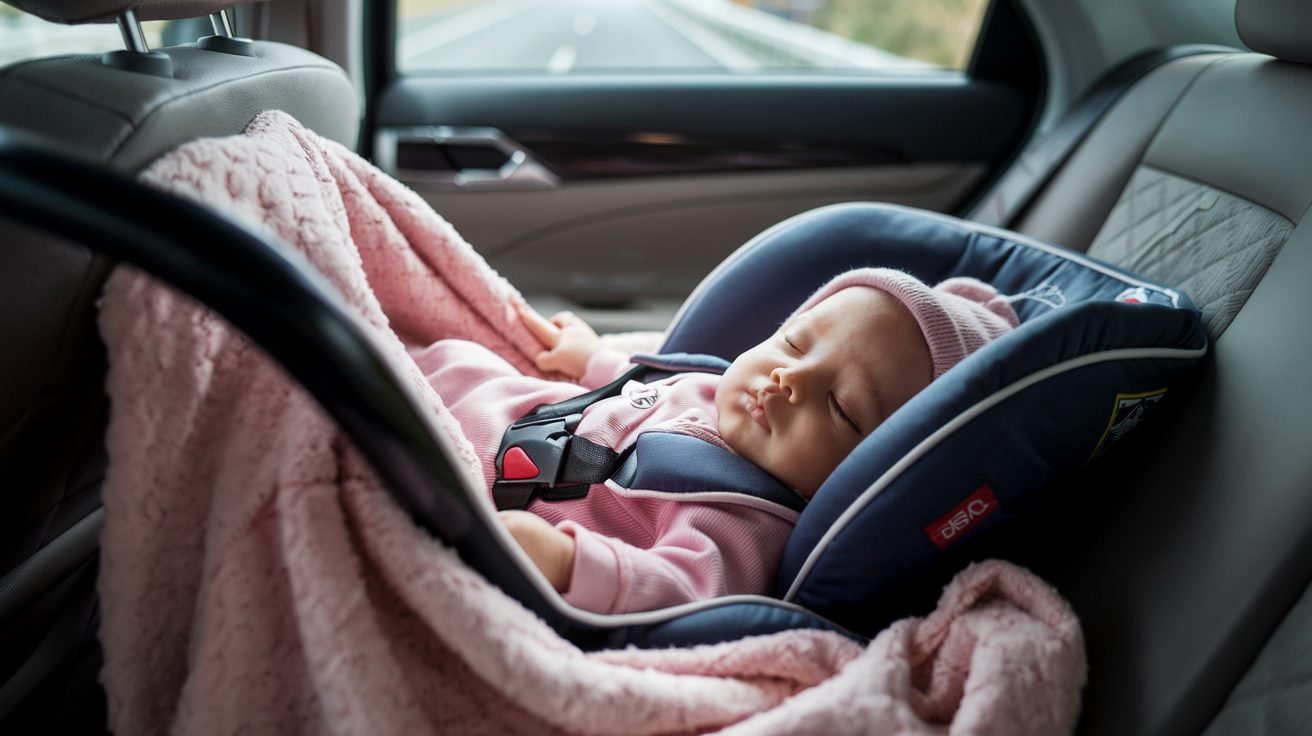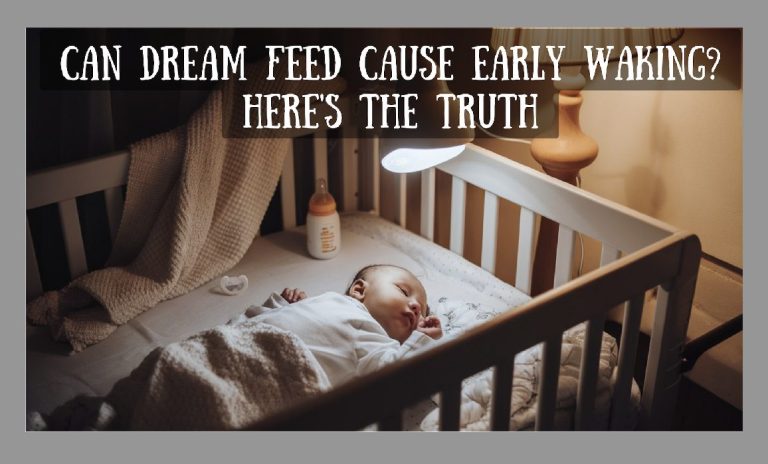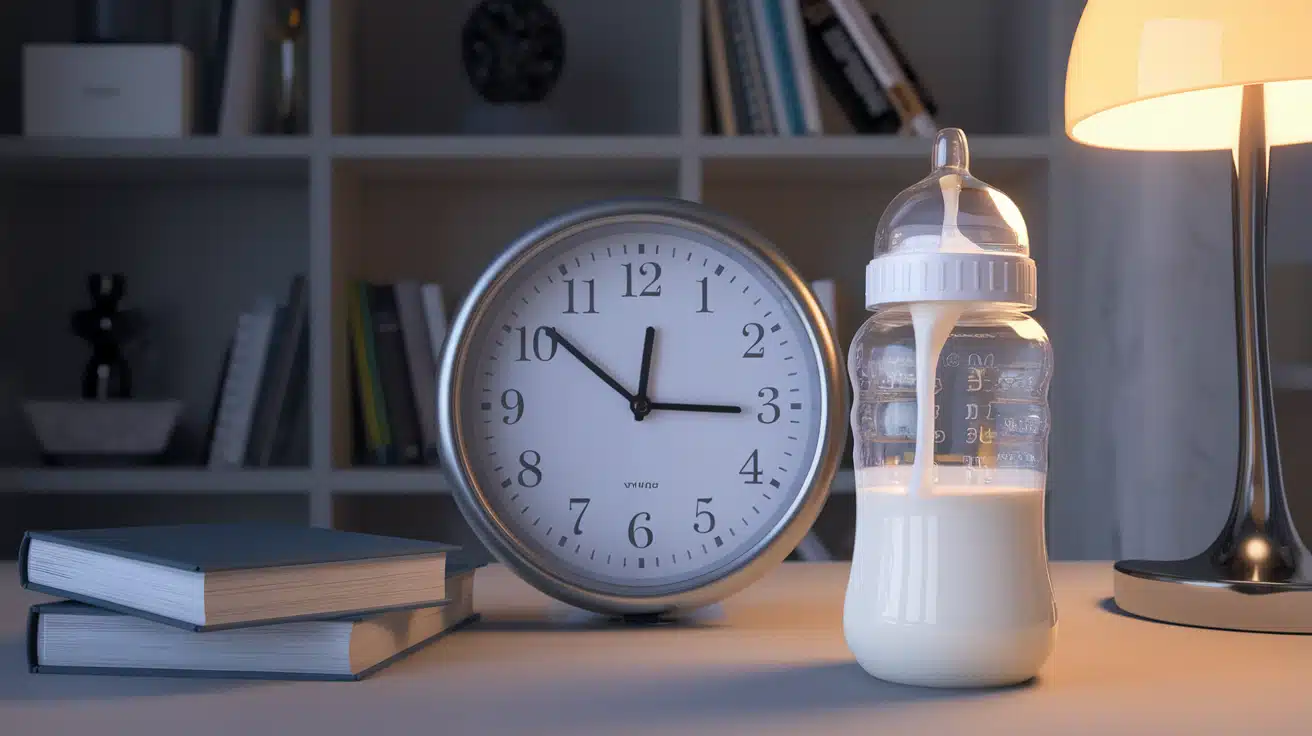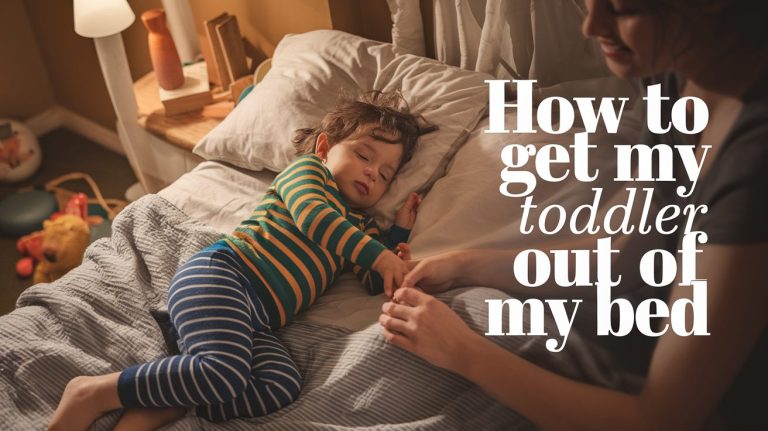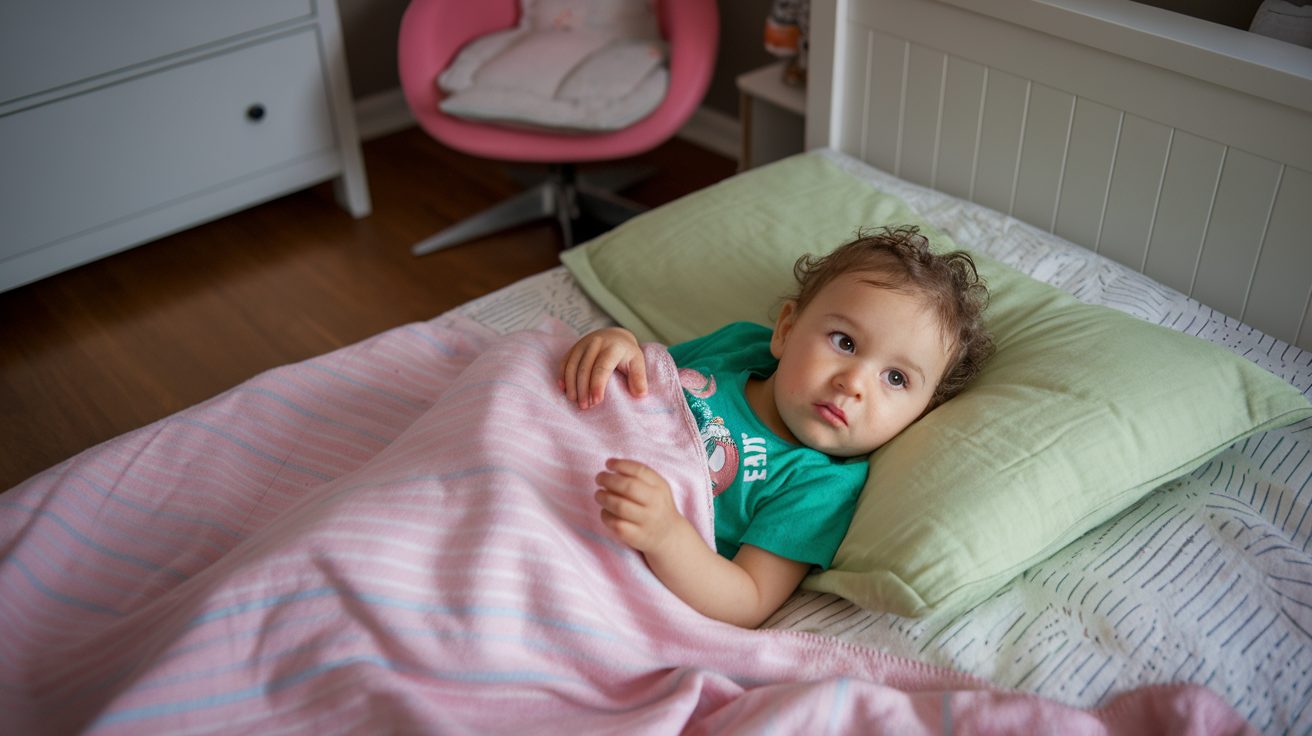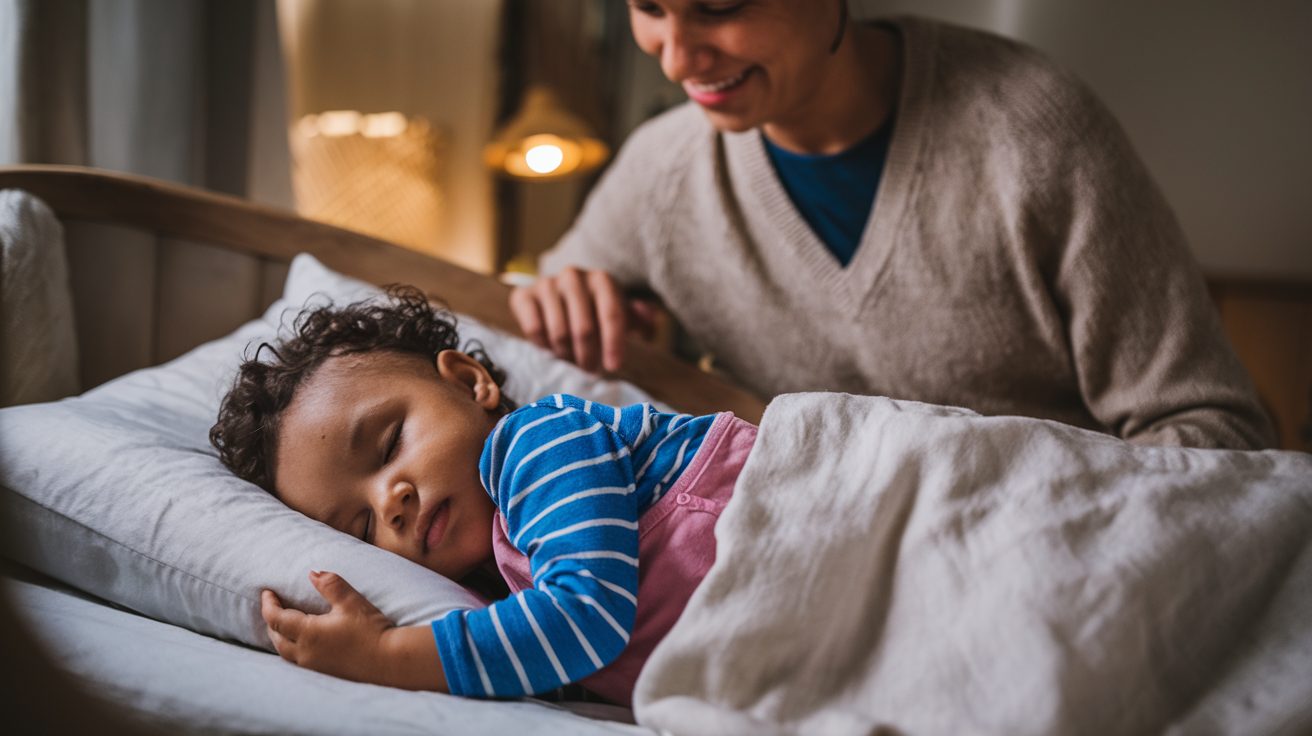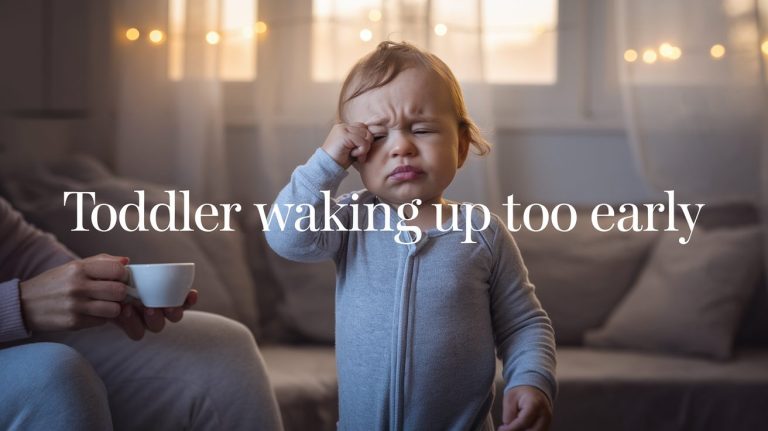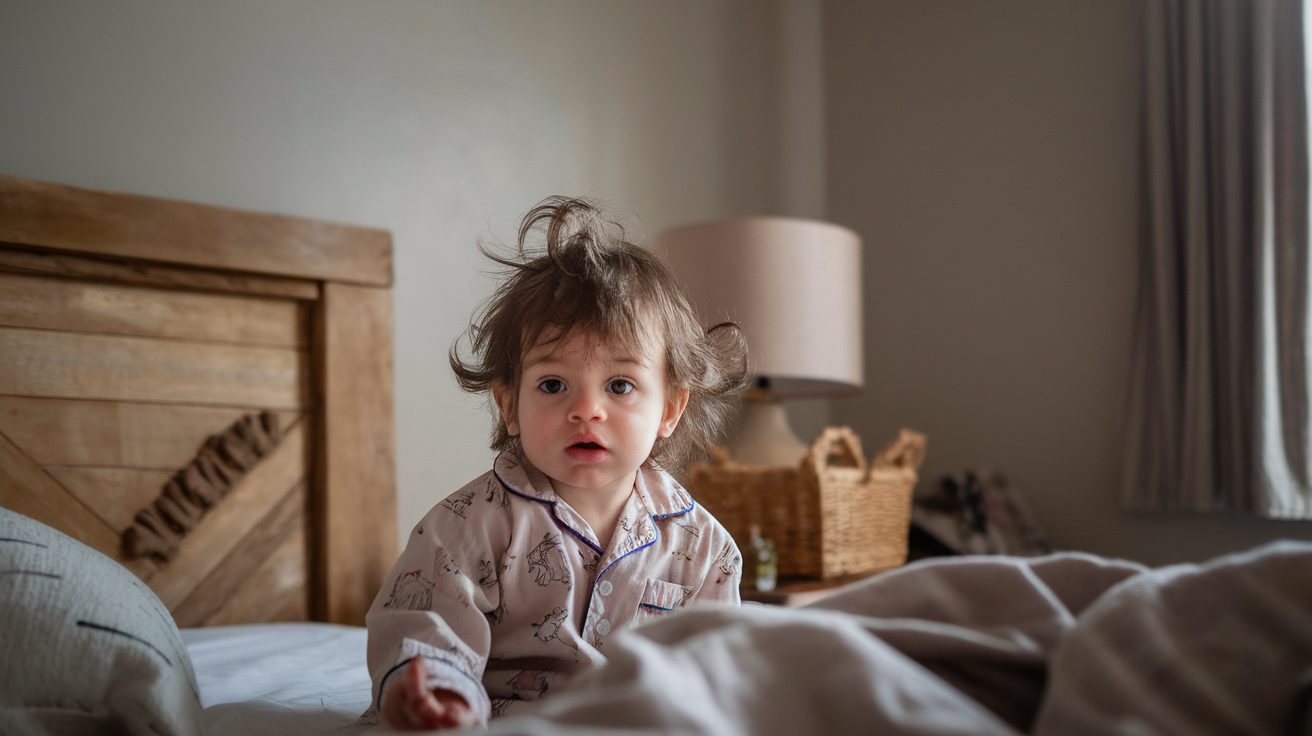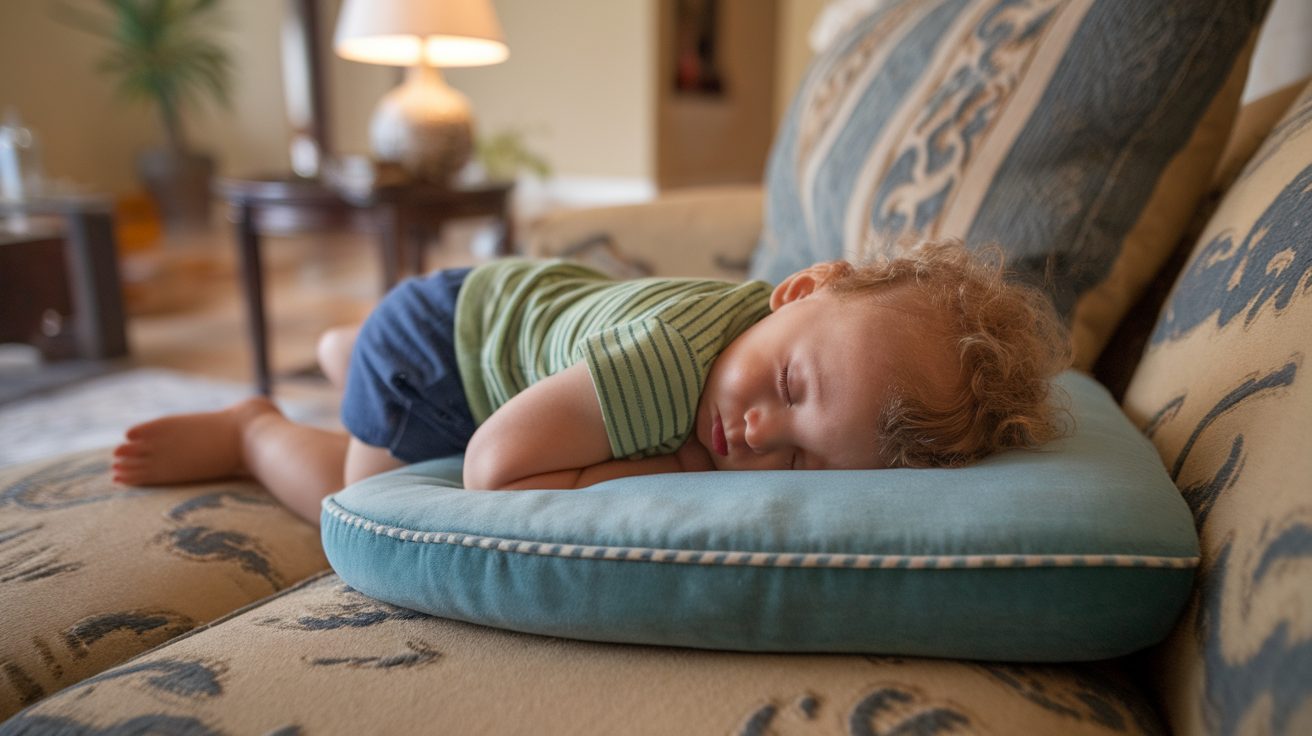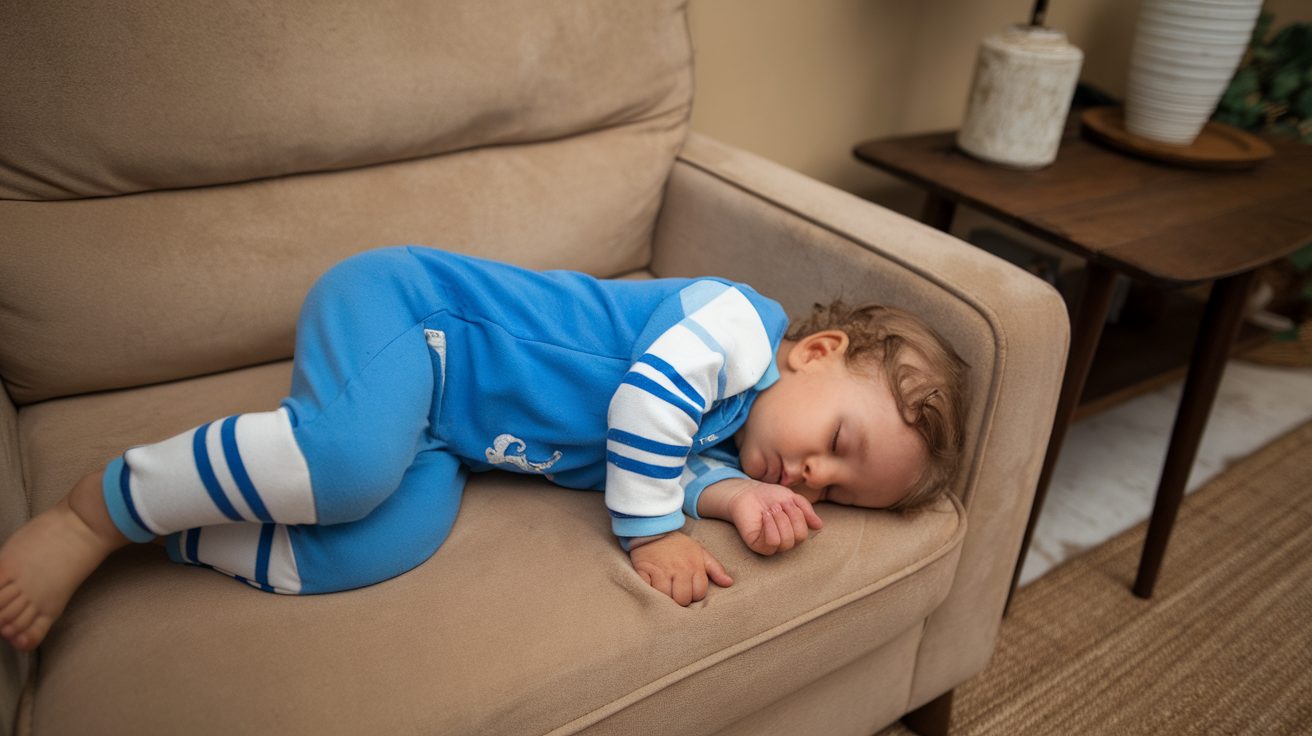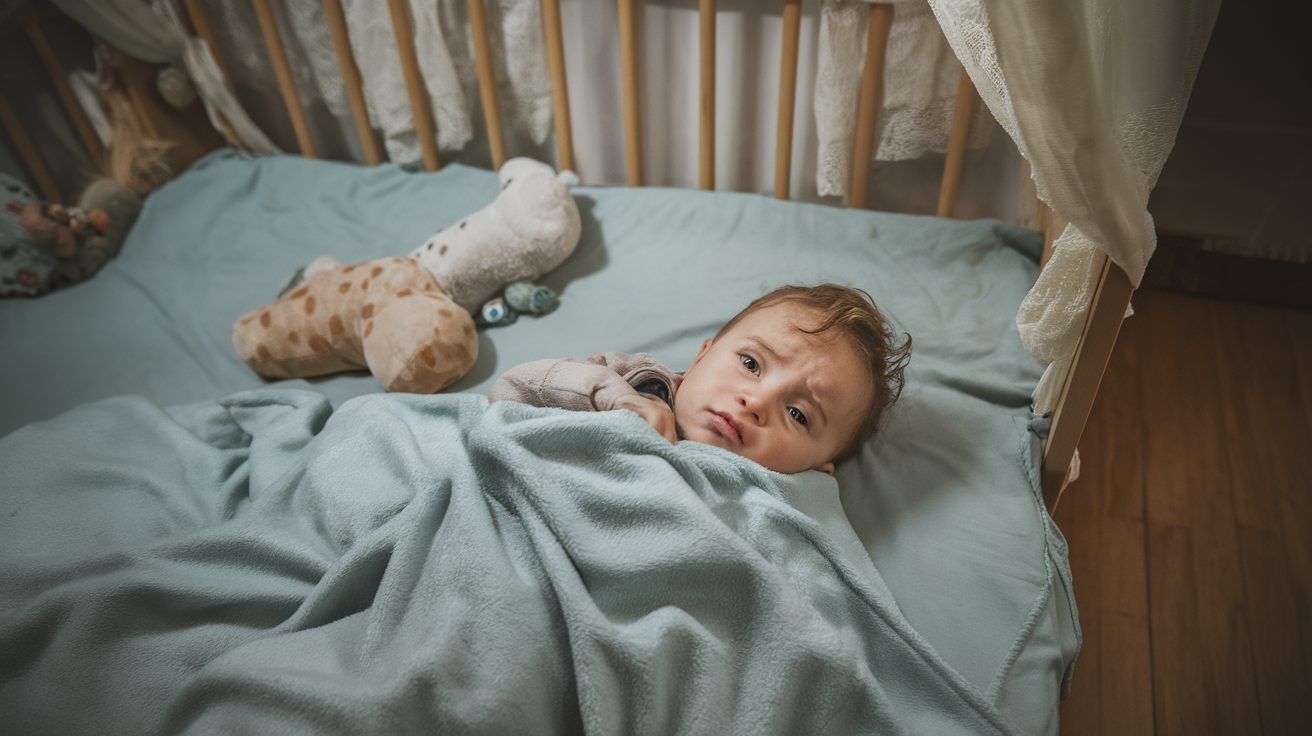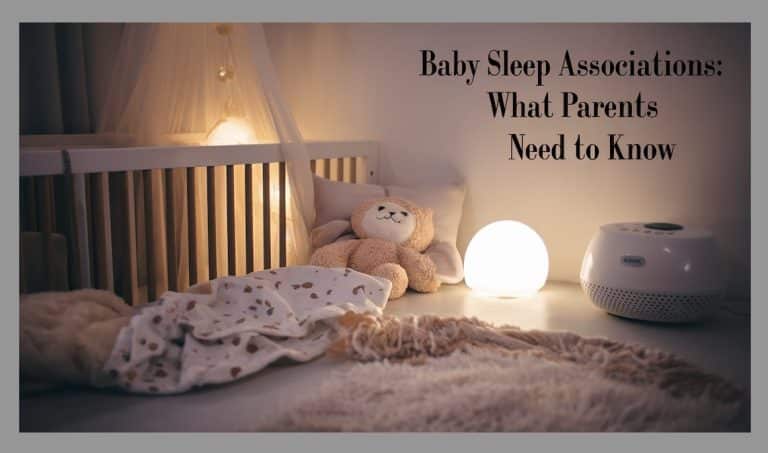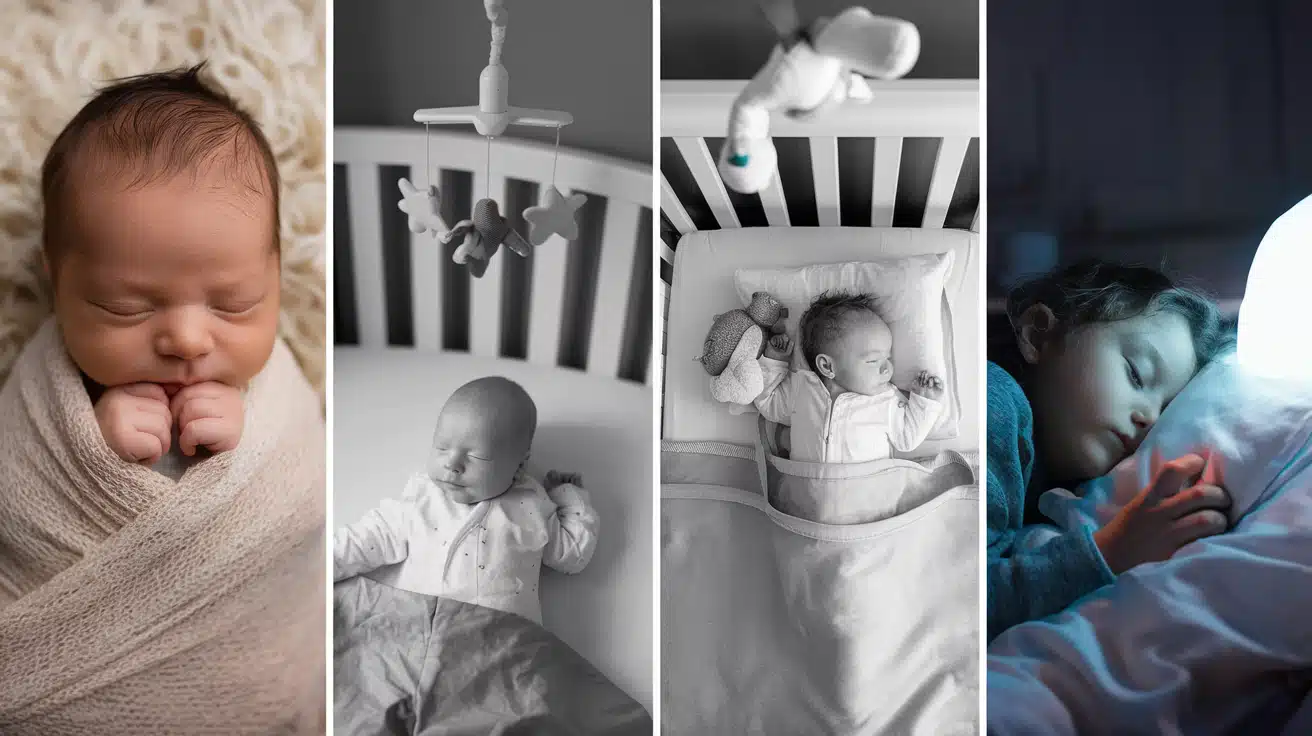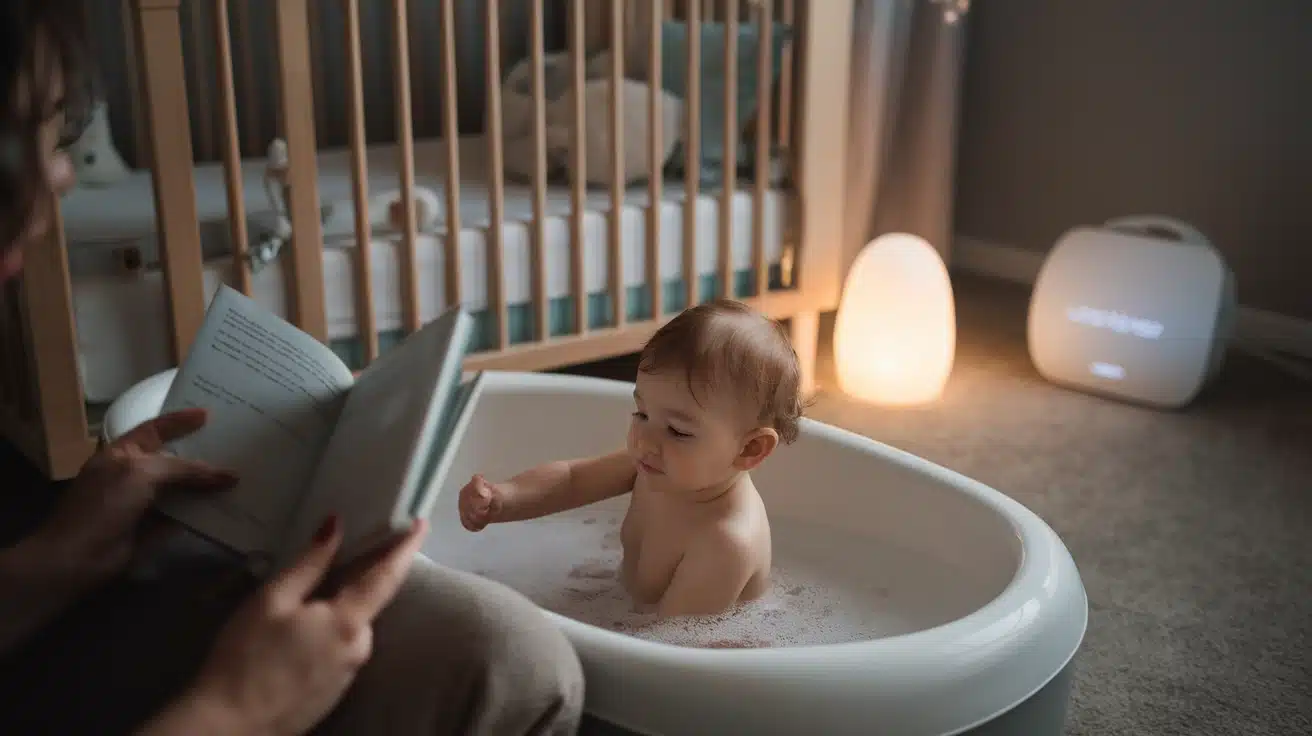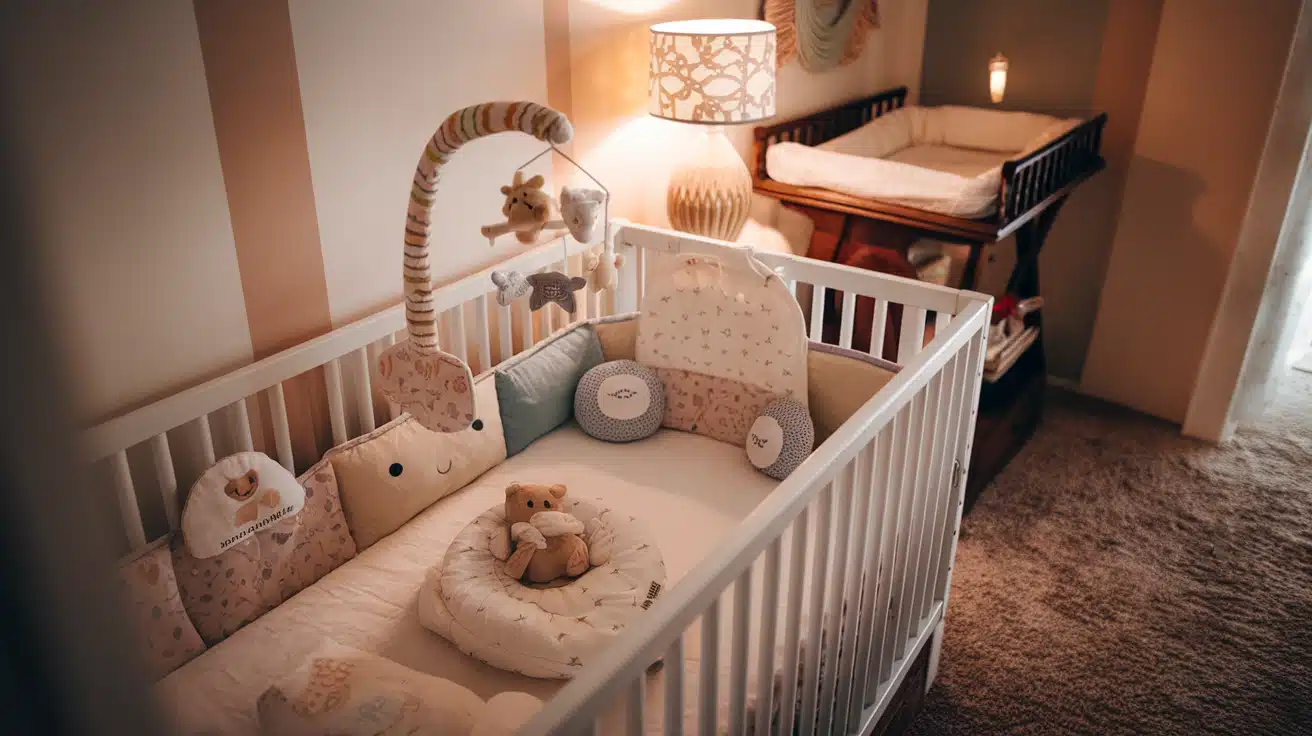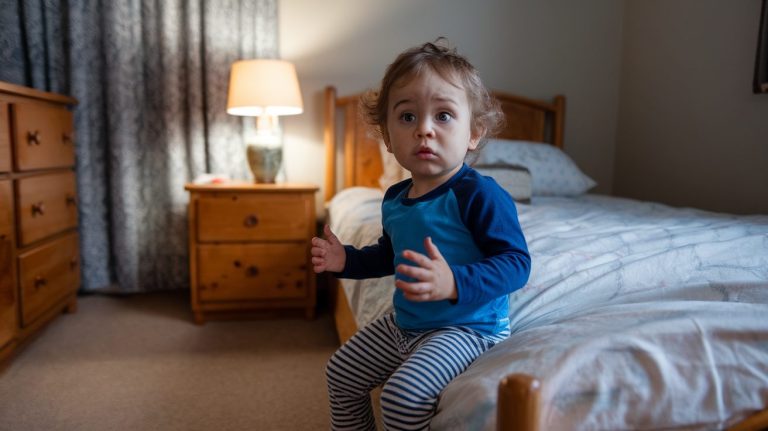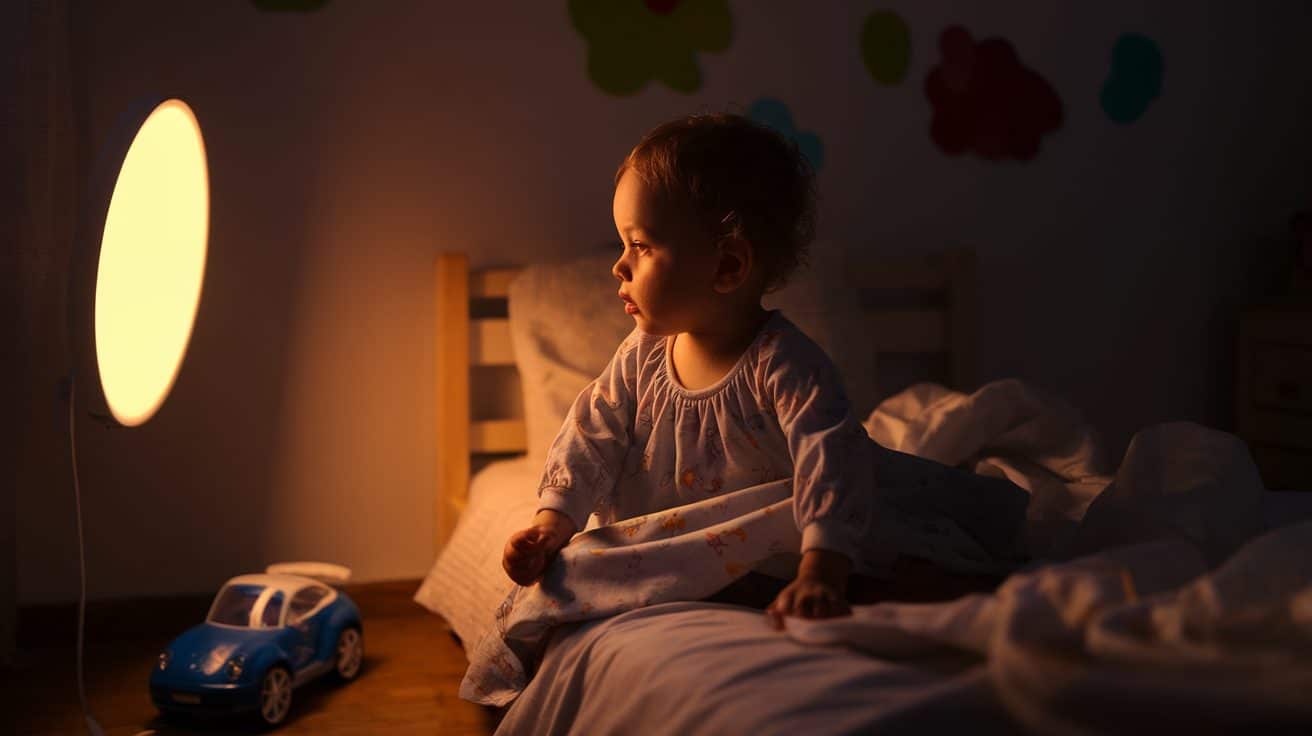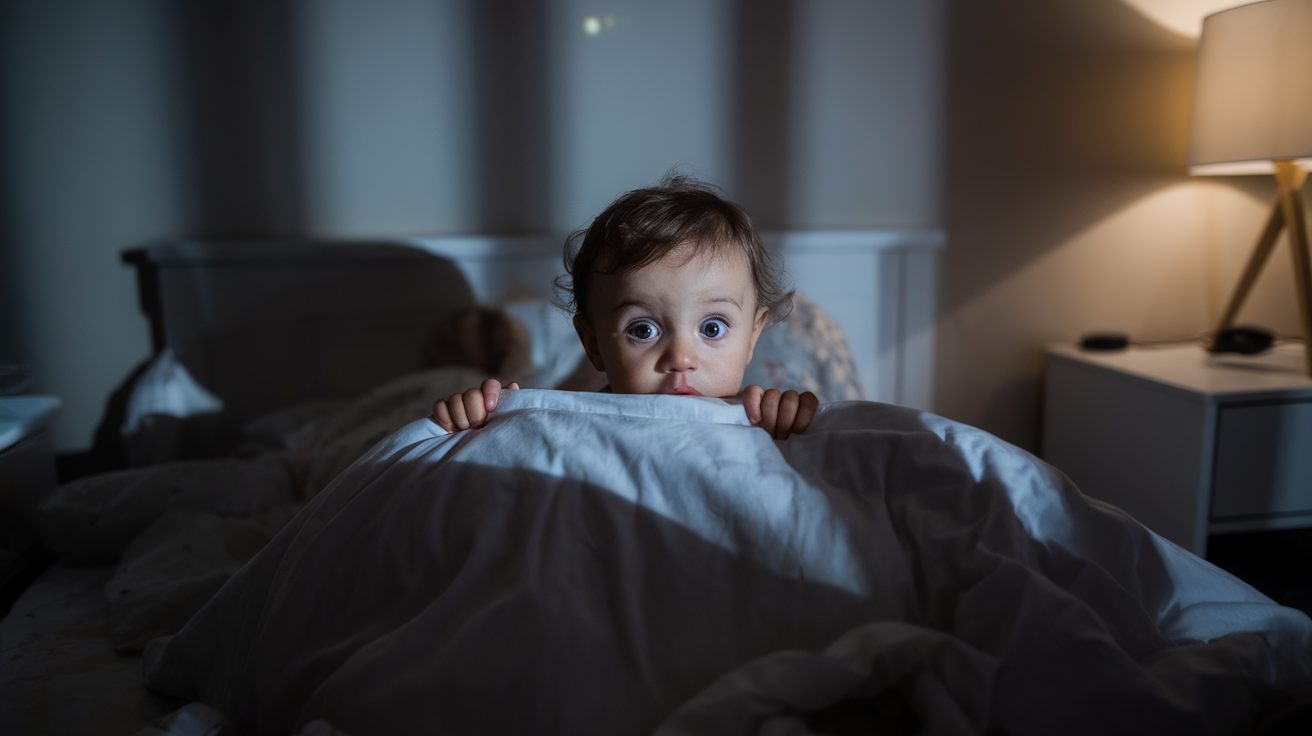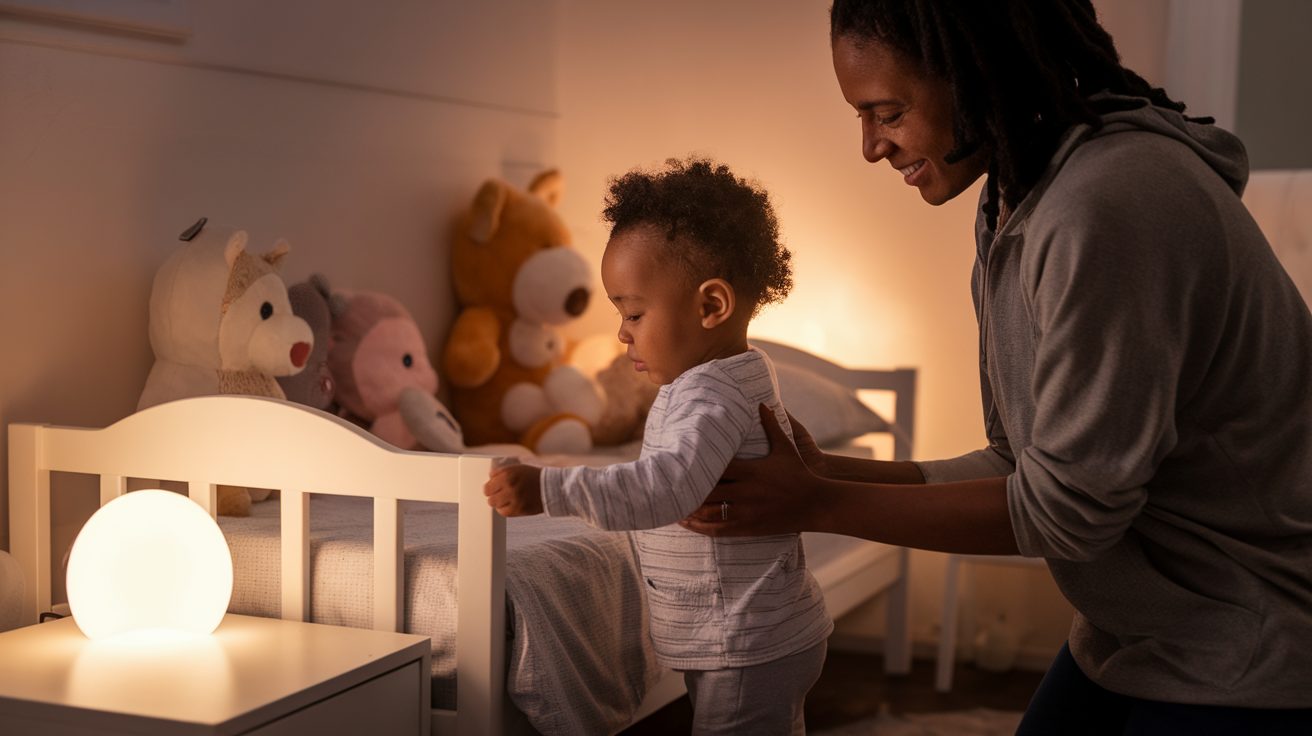Parenting is a journey filled with love, joy, and yes, sleepless challenges. If you’re struggling with your baby’s nap routine, you’re not alone.
Many parents find themselves exhausted, desperate for a solution that brings peace to their daytime hours. Short, unpredictable naps can leave both babies and parents feeling cranky and overwhelmed.
The constant battle of trying to get your little one to sleep—and stay asleep—can feel like an endless cycle of frustration. But what if there was a way to transform your baby’s nap time from a source of stress to a consistent, restful experience?
This guide will walk you through proven sleep training for naps that can help your baby (and you) get the daytime rest you desperately need.
Understanding Sleep Training for Naps
Understanding sleep training for naps goes beyond simply implementing a method—it’s a thoughtful approach to help your baby build healthy sleep habits throughout the day.
What is Nap Training?
Nap training is when you teach your baby how to fall asleep by themselves and have longer, more restful naps. It focuses on “sleep learning,” which means helping your baby learn to sleep independently, at their own pace, rather than following strict routines.
This way, the approach fits your baby’s unique needs, allowing them to develop sleep skills that help them sleep better during the day.
Why Naps are Harder than Night Sleep?
Naps can be trickier than nighttime sleep because during the day, babies are more likely to be distracted by light, noise, and activity.
Also, they don’t feel as sleepy during the day as they do at night, so it’s harder for them to settle down.
Their natural sleep drive (how sleepy they feel) isn’t as strong, making it harder for them to nap like they do at night when their body is more ready to sleep.
What Happens When Babies Are Not Napping Well?
When babies don’t nap well, they can become fussier and more irritable. Poor naps may also lead to difficulty falling asleep at night due to overtiredness.
Lack of rest affects their growth and development, as naps are essential for brain and physical growth. Additionally, inadequate sleep weakens their immune system, making them more vulnerable to illness.
Without enough rest, babies may struggle to learn new skills and can become overstimulated, making it harder for them to process their surroundings calmly.
Benefits of Nap Training for Babies
Starting nap training early can have several great benefits for both your baby and you:
-
Better Sleep Patterns: Teaching your baby to sleep independently from a young age helps them develop healthier sleep habits and a more consistent nap routine.
-
Improved Brain Development: Quality naps are crucial for brain growth. Babies who nap well have better cognitive development, memory, and learning ability.
-
Healthier Growth: Napping allows your baby’s body to rest, recharge, and grow properly, supporting physical health and development.
-
Reduced Irritability: Babies who take regular, restorative naps are less likely to become overtired or cranky, leading to a happier, more content baby.
-
Easier Transition to Independent Sleep: Early nap training helps babies learn to fall asleep on their own, which makes it easier when transitioning to longer, independent nighttime sleep.
-
Helps Parents Rest Too: When your baby naps well and independently, it gives you a break to relax or take care of other tasks, which is important for your well-being too.
Practical Tips for Successful Nap Training
Here’s a more natural, mixed approach with paragraphs and points:
1. Establish a Consistent Nap Routine
Creating a predictable pre-nap routine is like sending a gentle signal to your baby that sleep time is approaching. This routine acts as a bridge between active playtime and restful sleep, helping your little one transition smoothly. A typical routine might look simple but powerful:
- Change diaper
- Read a short, calming book
- Sing a quiet lullaby
- Dim the lights
- Use consistent white noise
The key is consistency. By following the same sequence each time, you’re helping your baby’s brain recognize and anticipate sleep time.
2. Master Wake Windows
Understanding wake windows is crucial in preventing overtiredness, which can make falling asleep much harder. These windows represent the ideal time between waking and when your baby should be put down for a nap.
Age-specific wake windows include:
- 0-3 months: 60-90 minutes
- 4-6 months: 90-120 minutes
- 7-9 months: 2-3 hours
- 10-12 months: 3-4 hours
Timing is everything. Putting your baby to bed during these optimal windows helps them fall asleep more easily and enjoy more restful naps.
3. Create an Optimal Sleep Environment
Your baby’s sleep environment plays a critical role in nap success. Think of it as creating a sleep sanctuary that promotes relaxation and rest.
Key elements include:
- Blackout curtains to minimize light
- Room temperature between 68-72°F
- Consistent white noise machine
- Comfortable, breathable clothing
A well-designed sleep space can significantly improve nap quality and duration.
4. Learn to Read Sleep Cues
Recognizing early sleep signals can make nap training much smoother. These subtle signs indicate your baby is ready for sleep:
- Slight eye rubbing
- Mild, subtle yawning
- Decreased physical activity
- Staring off into space
Catching these cues early prevents overtiredness and makes falling asleep easier.
5. Be Consistent but Flexible
Nap training requires a delicate balance of structure and adaptability:
- Stick to your chosen sleep training method
- Allow occasional variations
- Don’t get discouraged by temporary setbacks
Remember, progress isn’t always linear. Some days will be better than others, and that’s perfectly normal.
6. Practice Self-Soothing Techniques
Helping your baby learn to self-soothe is a crucial part of nap training:
- Put baby down drowsy but awake
- Allow short periods of mild fussing
- Gradually increase time between check-ins
This approach helps build independent sleep skills gradually and gently.
Technology and Sleep Tracking
By using technology and sleep tracking, you can better understand your baby’s sleep patterns and adjust their routine to improve nap quality and overall restfulness.
- Use baby sleep tracking apps
- Monitor wake windows
- Identify patterns in sleep behavior
- Adjust routine based on data insights
When Should I Start Sleep Training for Naps?
The best time to start sleep training for naps is typically around 4-6 months of age. At this stage, babies have developed the necessary neurological capacity to self-soothe and begin learning independent sleep skills.
Starting sleep training too early, before this developmental milestone, can be challenging, as younger babies may not be ready to sleep on their own.
However, you can start laying the foundation for good nap habits earlier by creating a consistent sleep environment and recognizing early sleep cues.
At 4-6 months, you can gradually introduce nap training, helping your baby learn to fall asleep independently during the day.
Conclusion
Sleep training for naps isn’t a one-size-fits-all solution, but a personalized journey of understanding your baby’s unique sleep needs.
The path to perfect naps requires patience, consistency, and compassion. Some days will feel challenging, and that’s okay.
Don’t get discouraged by setbacks. It is a skill both you and your baby are learning together. Trust the process, be kind to yourself, and remember that restful naps are possible.
If you feel overwhelmed, seek support from pediatric sleep consultants, experienced parents, or your pediatrician.
You’re not alone in this journey.
Sweet dreams await!
Frequently Asked Questions
What Is the 2/3/4 Nap Rule?
The 2/3/4 nap rule is a sleep schedule where babies have 2 naps at 4-6 months, 3 naps at 6-9 months, and 2 naps by 9-12 months.
How Long Do You Let a Baby Cry It Out for Naps?
Let your baby cry for about 5-10 minutes before intervening. If crying continues, offer gentle soothing, but try to avoid picking them up immediately.
What Age Should I Stop Holding Baby for Naps?
Stop holding your baby for naps around 4-6 months when they can start learning self-soothing skills and take naps independently.
How to Break Contact Nap Habit?
Gradually reduce holding time by putting your baby down drowsy but awake, then using soothing methods like patting or shushing until they fall asleep on their own.


